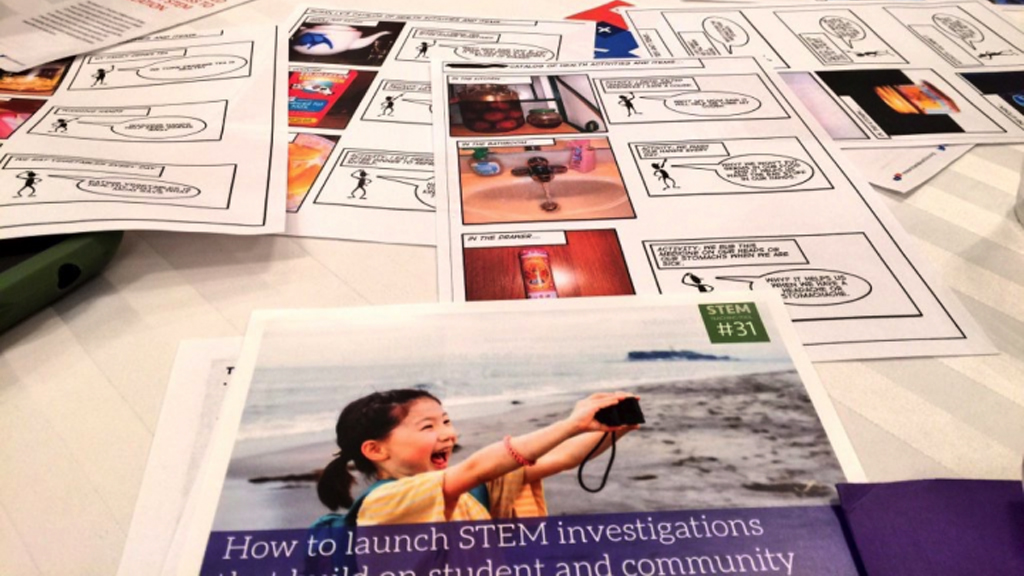Archive: Teacher Tip Tuesday: Investigating the Value of Trees, at Home and in the Amazon Rainforest, October 26, 2021
Students can measure local trees and calculate carbon storage in each tree.
Students can measure local trees and calculate carbon storage in each tree.
Students can measure local trees and calculate carbon storage in each tree.
Students can measure local trees and calculate carbon storage in each tree.








